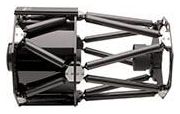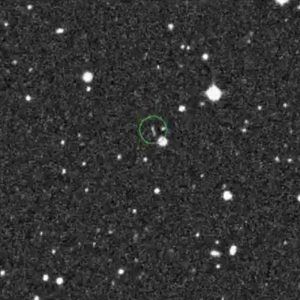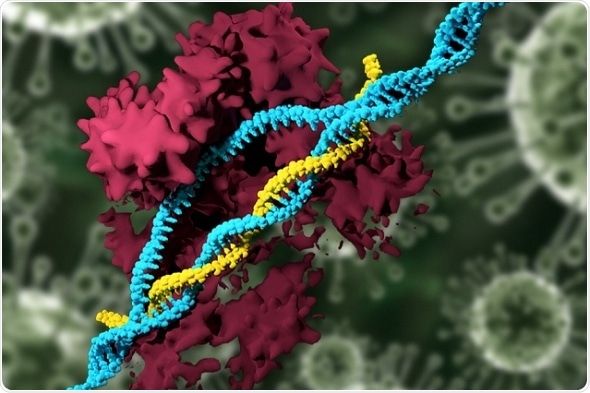Planetary imaging is a fun and rewarding hobby that allows beginners and advanced amateur astronomers to delve into astronomical imaging without much of the expense and complexity of deep space astrophotography. There are also quite a few opportunities for planetary imagers to contribute to some significant scientific research. However, it is important to first understand what equipment is needed to successfully capture images of the solar system. In addition, some basic understanding of our atmosphere and optics are required, which will be addressed in this write-up.










